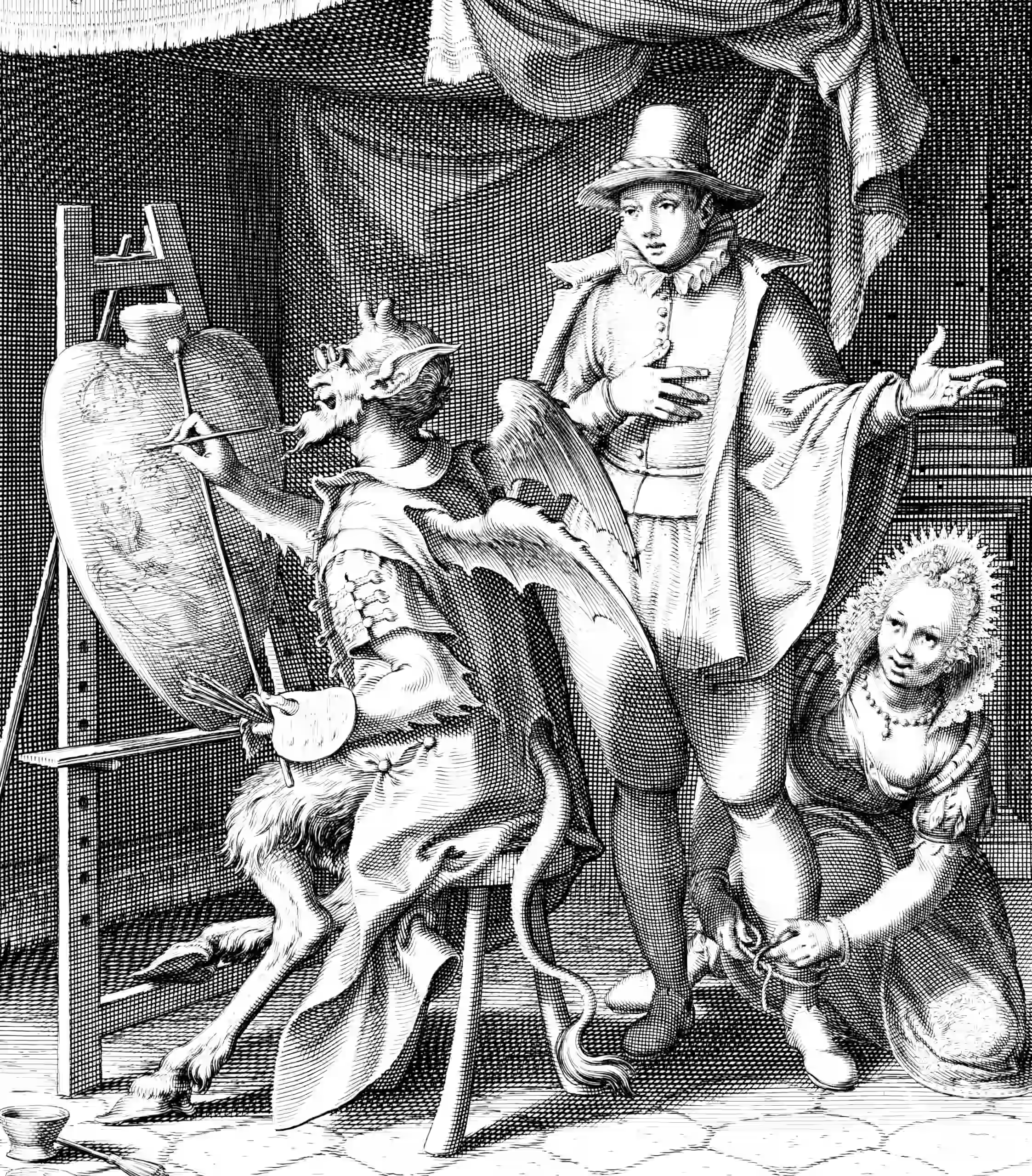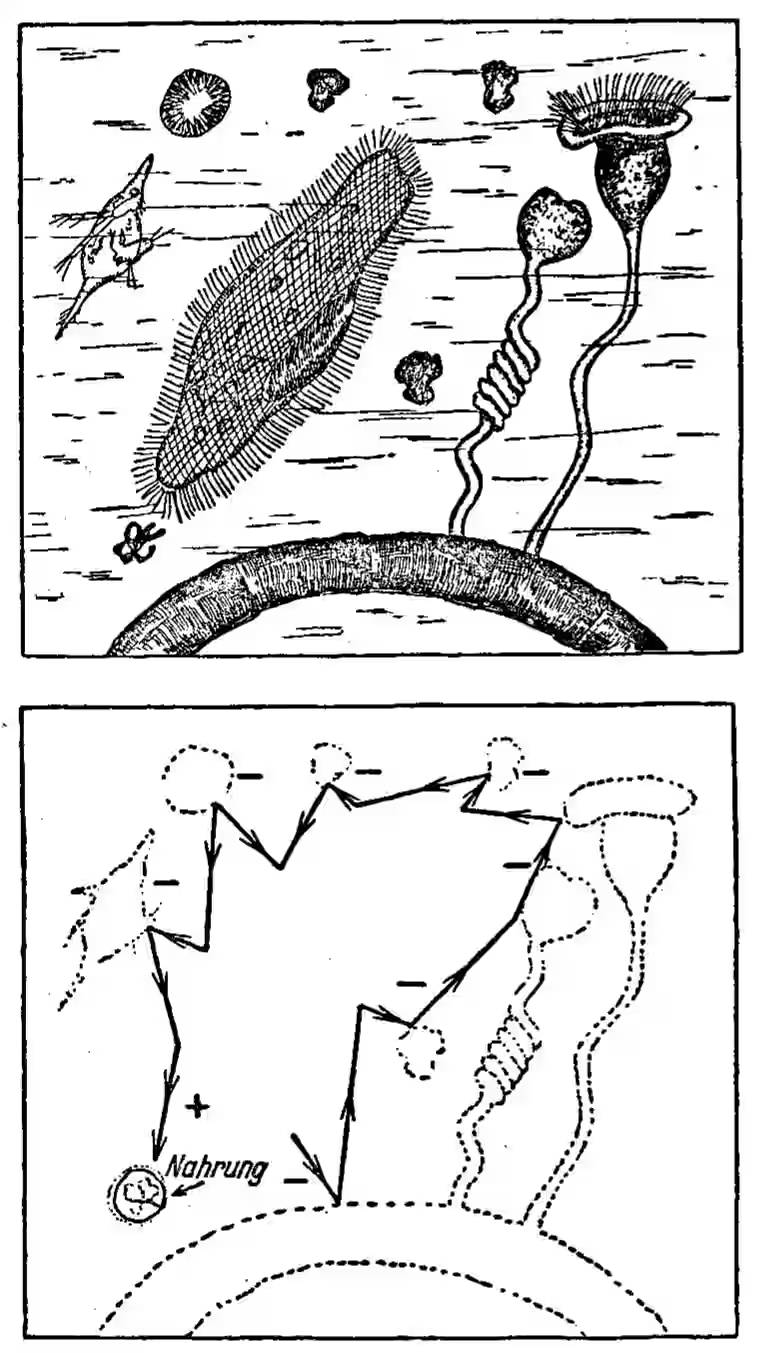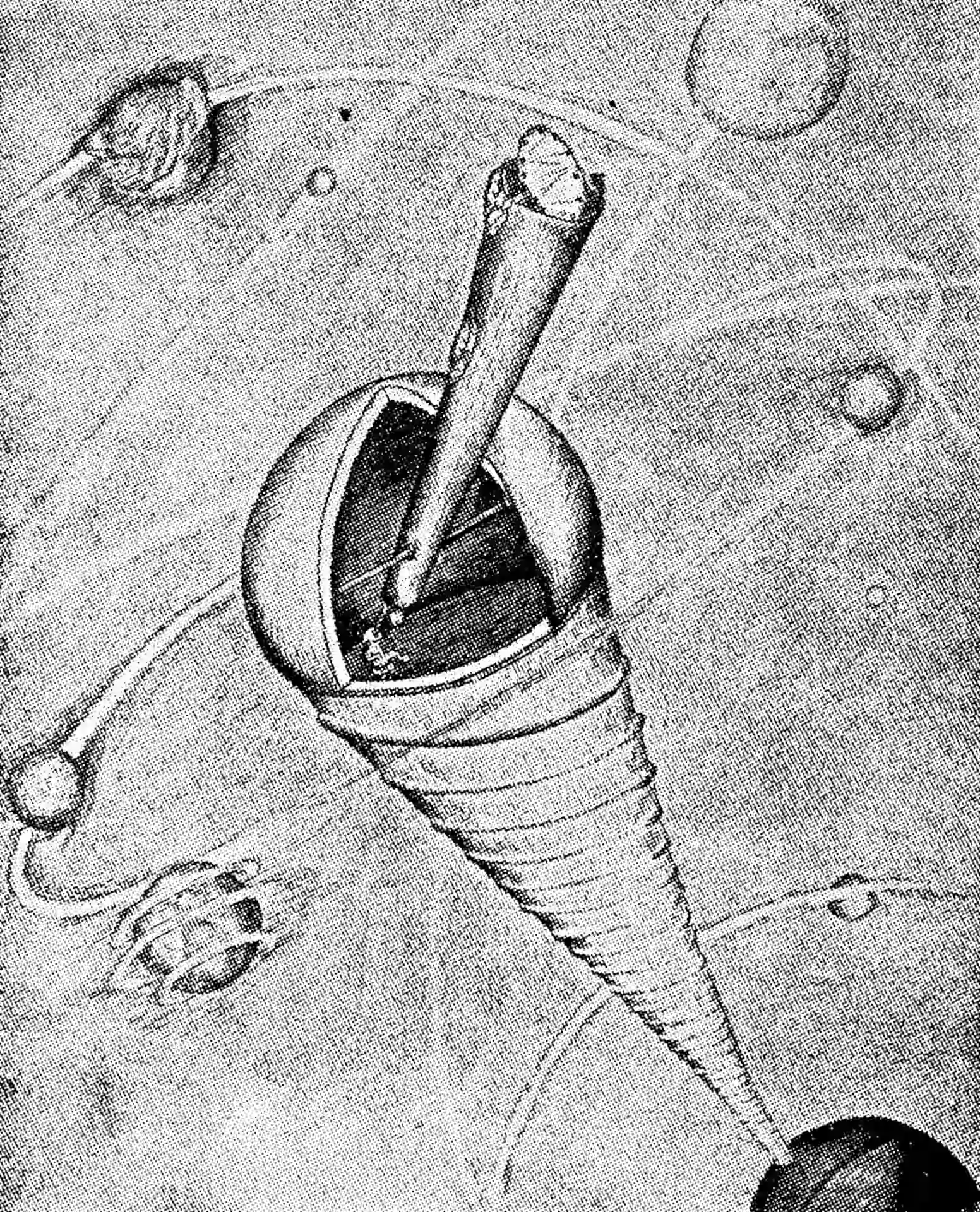Perception and evolution
How much of reality is it worth it for us to see? Umwelt, etc. Biological phenomenology.
August 18, 2024 — August 18, 2024
adaptive
classification
collective knowledge
communicating
cooperation
culture
economics
energy
evolution
extended self
feature construction
gene
incentive mechanisms
language
learning
machine learning
metrics
mind
NLP
probability
statistics
statmech
utility
Suspiciously similar content
Placeholder. Are the representations we organisms have likely to correspond to things in the world, and if so, how? The TED talk version is “Does evolution favour organisms seeing truth”. I do not love this framing myself; I prefer to think about “likely to perceive truth, and if so what that might be”. I do not love this framing, for all that it makes great TED talks. I would prefer to think about decision theory of representations in learners, but that is not catchy.
See also predictive coding and semantics.
1 Incoming
- Eliezer Yudkowsky’s essay, How an algorithm feels from the inside
- Donald D. Hoffman | University of California, Irvine
- Donald Hoffman: Do we see reality as it is? | TED Talk
- Is Consciousness Ultimate Reality? - Closer To Truth
- The Evolutionary Argument Against Reality | Quanta Magazine
- Consciousness and the illusion of reality | Dr. Donald Hoffman
- Seeing Through the Simulation and Cosmic Consciousness | Dr. Donald Hoffman
- Saturday Morning Breakfast Cereal - Ball
2 References
Friston, Parr, and de Vries. 2017. “The Graphical Brain: Belief Propagation and Active Inference.” Network Neuroscience.
Glymour. 2007. “When Is a Brain Like the Planet?” Philosophy of Science.
Griffiths, Chater, Kemp, et al. 2010. “Probabilistic Models of Cognition: Exploring Representations and Inductive Biases.” Trends in Cognitive Sciences.
Hasson, Nastase, and Goldstein. 2020. “Direct Fit to Nature: An Evolutionary Perspective on Biological and Artificial Neural Networks.” Neuron.
Hoffman, Donald D. 2012. “The Construction of Visual Reality.” In Hallucinations.
Hoffman, Donald. 2019. The Case Against Reality: Why Evolution Hid the Truth from Our Eyes.
Hoffman, Donald D. n.d. “Human Vision as a Reality Engine.”
Hoffman, Donald D., Singh, and Mark. 2013. “Does Evolution Favor True Perceptions?” In.
Lazaridou, Nguyen, Bernardi, et al. 2015. “Unveiling the Dreams of Word Embeddings: Towards Language-Driven Image Generation.” arXiv:1506.03500 [Cs].
Mark, Marion, and Hoffman. 2010. “Natural Selection and Veridical Perceptions.” Journal of Theoretical Biology.
Piantadosi, and Hill. 2022. “Meaning Without Reference in Large Language Models.”
Prakash, Stephens, Hoffman, et al. 2021. “Fitness Beats Truth in the Evolution of Perception.” Acta Biotheoretica.
Steyvers, and Tenenbaum. 2005. “The Large-Scale Structure of Semantic Networks: Statistical Analyses and a Model of Semantic Growth.” Cognitive Science.
Tenenbaum, Kemp, Griffiths, et al. 2011. “How to Grow a Mind: Statistics, Structure, and Abstraction.” Science.
Uexküll, and Kriszat. 1934. Streifzüge durch die Umwelten von Tieren und Menschen Ein Bilderbuch unsichtbarer Welten. Verständliche Wissenschaft.
Williams. 2020. “Predictive Coding and Thought.” Synthese.


